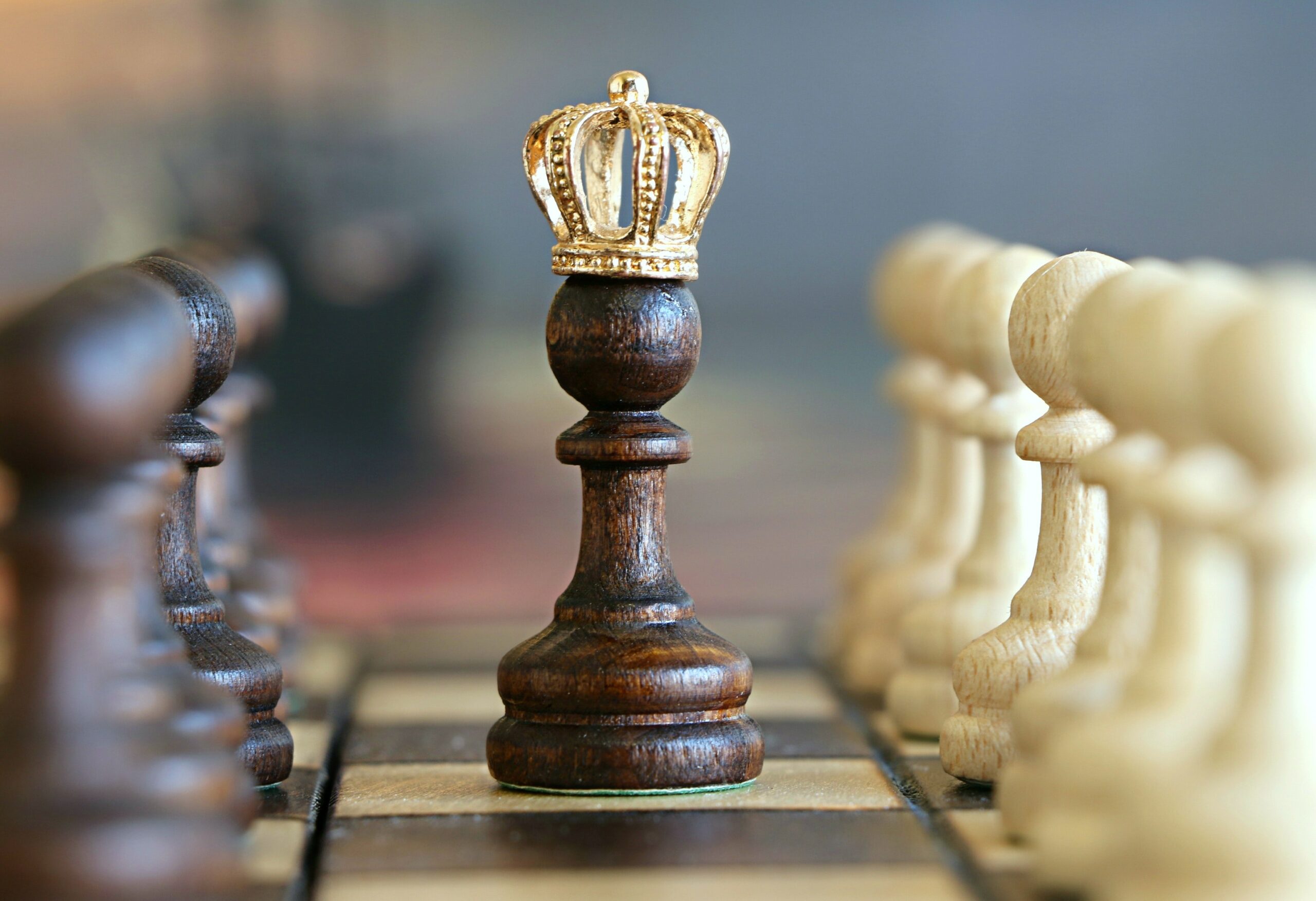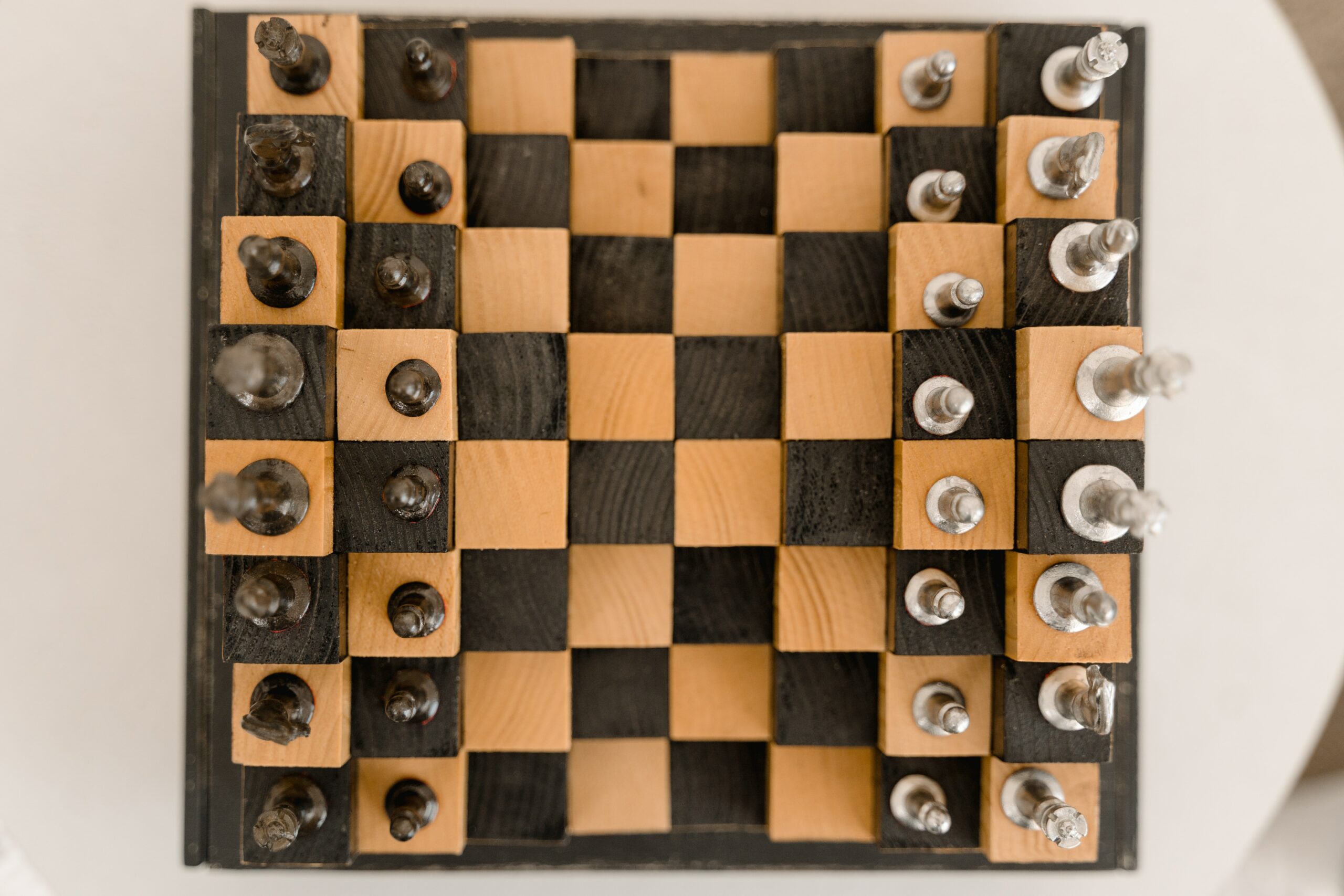Chess is a game of strategy, calculation, and tactical finesse. To become a formidable player, it is essential to develop strong analytical skills and a keen eye for tactical opportunities. Analyzing chess tactics allows you to dissect positions, identify patterns, and make accurate assessments.
In this article, we will explore the best approaches, resources, and techniques to help you analyze chess tactics effectively. Whether you’re a beginner or an experienced player looking to sharpen your skills, this guide will provide valuable insights to enhance your tactical prowess on the chessboard.
What is the best way to analyze my chess tactics?
Analyzing your chess tactics is crucial for improving your overall game. One effective method is to regularly review your games and identify key tactical moments. Look for missed opportunities, tactical oversights, or blunders that could have led to a better outcome.
By studying these positions, you can learn from your mistakes and develop a better understanding of tactical patterns and themes. Another valuable approach is to solve tactical puzzles.
These puzzles present you with specific positions that require you to find the best move or combination of moves. By solving puzzles, you sharpen your tactical vision, improve your calculation skills, and become more adept at recognizing tactical opportunities during your games.
What role do tactical patterns play in chess?
Tactical patterns are fundamental building blocks in chess. They are recurring configurations of pieces that often lead to tactical opportunities. Recognizing and understanding these patterns is essential for successful tactical play. Some common examples include pins, forks, skewers, discovered attacks, and double attacks.
By familiarizing yourself with these patterns, you can anticipate potential tactics and exploit them to your advantage. Studying tactical patterns through books, puzzles, and game analysis allows you to develop an instinctive sense for recognizing and utilizing these patterns in your games.

How can chess puzzles help improve tactical skills?
Chess puzzles are an excellent training tool for enhancing your tactical skills. Puzzles present you with positions that require you to find the best move or combination of moves to gain an advantage or deliver a decisive blow. Solving puzzles helps you develop your ability to calculate accurately, spot tactical opportunities, and evaluate different move options.
It also improves your pattern recognition and tactical intuition. By regularly solving puzzles of varying difficulty levels, you challenge yourself, reinforce tactical concepts, and build a repertoire of tactical ideas that you can apply in your games.
Can studying annotated games enhance tactical understanding?
Studying annotated games is a valuable approach to improving your tactical understanding. Annotated games are games played by strong players, with detailed explanations and commentary provided move by move. By analyzing annotated games, you gain insights into the thought processes, strategic ideas, and tactical concepts employed by experienced players.
You learn how they navigate complex positions, exploit tactical opportunities, and defend against threats. Studying annotated games not only exposes you to diverse tactical situations but also helps you develop a deeper understanding of the underlying principles that govern tactical play.
What is the role of visualization in chess tactics?
Visualization is a vital skill in chess tactics. It involves mentally picturing the board and pieces, envisioning possible moves and resulting positions, and calculating variations in your mind. By training your visualization skills, you become more proficient at analyzing positions without the need for a physical board.
Visualization enables you to foresee the consequences of your moves, anticipate your opponent’s responses, and evaluate potential tactical sequences. Regular practice in visualizing chess positions enhances your calculation abilities, improves your decision-making process, and enhances your overall tactical awareness of the board.
How can chess software assist in tactical analysis?
Chess software is a powerful tool for tactical analysis. It provides various features that facilitate the exploration and understanding of chess tactics. Chess engines, integrated into the software, can analyze positions and suggest strong moves, helping you uncover hidden tactical possibilities.
You can also input your games into the software and receive detailed evaluations, highlighting tactical errors or missed opportunities. Additionally, chess software often includes vast databases of games that you can search and study, exposing you to a wide range of tactical situations and strategies employed by top players.
What are the benefits of solving endgame puzzles for tactical improvement?

Solving endgame puzzles is beneficial for honing your tactical skills in the final phase of the game. Endgame puzzles focus on critical positions and maneuvers that can lead to a favorable outcome or save a difficult position. By solving these puzzles, you deepen your understanding of key endgame principles, such as king and pawn endings, piece activity, zugzwang, and promotion techniques.
Endgame puzzles challenge your calculation abilities, decision-making skills, and resourcefulness. By becoming proficient in endgame tactics, you gain a significant advantage in the later stages of the game and increase your chances of achieving favorable results.
How does studying famous chess combinations improve tactical awareness?
Studying famous chess combinations and brilliancies is an inspiring way to enhance your tactical awareness. Famous combinations are captivating sequences of moves that result in remarkable victories or brilliant sacrifices. By analyzing and understanding these combinations, you expose yourself to advanced tactical ideas, creative thinking, and audacious maneuvers.
Famous games also provide insights into the mindset and thought process of legendary players, teaching you valuable lessons in tactical play. By studying and appreciating these combinations, you broaden your tactical horizon, cultivate your imagination, and develop a deeper appreciation for the beauty of chess.
Can playing blitz chess help improve tactical skills?
Blitz chess, characterized by fast-paced games with limited time for each move, can indeed improve your tactical skills. The fast tempo forces you to make quick decisions, calculate moves on the fly and rely on your intuition.
Playing blitz chess exposes you to a wide variety of tactical positions, where time pressure often leads to tactical oversights and blunders. By practicing blitz chess, you sharpen your tactical vision, learn to trust your instincts and develop the ability to make accurate and efficient tactical decisions under time constraints.
What is the significance of analyzing tactical mistakes in chess?
Analyzing tactical mistakes is a critical step in chess improvement. When you make tactical errors in your games, it’s essential to review and understand why those mistakes occurred. By analyzing your tactical blunders, you can identify weaknesses in your calculation, pattern recognition, or decision-making process.
Understanding the reasons behind your mistakes allows you to address those areas specifically and work on improving them. Analyzing tactical mistakes also helps you build a repertoire of common tactical errors to watch out for and avoid in future games. By learning from your mistakes, you turn them into valuable lessons that contribute to your overall growth as a chess player.
How can studying pawn structures improve tactical play?
| Pawn Structure | Benefits | Examples |
|---|---|---|
| Pawn Chains | Creates strong positional and tactical points, with potential for pawn breaks | Réti Opening, French Defense |
| Isolated Pawns | Offers a target for attacks, allows piece mobility, and outpost squares | Nimzo-Indian Defense, Caro-Kann Defense |
| Pawn Majorities | Provides potential for pawn promotion and creating passed pawns | Queen’s Gambit, King’s Indian Defense |
| Pawn Islands | Creates weak points for tactical exploitation, simplification possibilities | Slav Defense, Sicilian Defense |
| Backward Pawns | Offers potential targets and weak squares for exploitation | Queen’s Gambit Declined, King’s Indian Defense |
Studying pawn structures is essential for improving your tactical play in chess. The placement and movement of pawns determine the dynamics of the position and influence the types of tactical opportunities that may arise. By analyzing different pawn structures, such as pawn chains, isolated pawns, pawn majorities, and pawn islands, you develop a better understanding of the strategic and tactical nuances associated with each structure.
Recognizing the tactical possibilities within specific pawn structures allows you to exploit weaknesses, launch pawn breaks, and create tactical threats. Understanding pawn structures enhances your ability to navigate complex positions and make informed tactical decisions based on the pawn configuration.
What are the benefits of studying the tactical games of top chess players?
Studying tactical games of top chess players offers numerous benefits for improving your tactical skills. These games showcase the highest level of chess mastery and feature dazzling combinations, sacrifices, and tactical maneuvers. By analyzing and studying these games, you gain exposure to advanced tactical ideas, strategic concepts, and calculation techniques employed by the best players in the world.
Studying top players’ games provides valuable insights into their decision-making process, opening choices, and tactical prowess. It allows you to observe and learn from their tactical creativity, pattern recognition, and ability to convert tactical advantages into victories.
How can solving chess puzzles enhance calculation and pattern recognition skills?

Solving chess puzzles is an excellent way to enhance your calculation and pattern recognition skills. Puzzles present you with specific positions that require you to find the best move or sequence of moves. By solving puzzles, you train your mind to calculate variations accurately, analyze the consequences of different moves, and evaluate tactical possibilities.
Additionally, puzzles expose you to various tactical motifs and patterns, helping you develop a keen eye for recognizing similar tactical opportunities in your games. Regular puzzle-solving strengthens your calculation abilities, sharpens your tactical vision, and reinforces pattern recognition, ultimately leading to improved tactical play.
The Logical Conclusion Seems To Be
Analyzing chess tactics is an essential aspect of chess improvement. By studying tactical positions, familiarizing yourself with patterns, and engaging in regular puzzle-solving, you can enhance your calculation skills, pattern recognition, and overall tactical awareness.
Utilizing online resources, analyzing grandmaster games, and visualizing positions play a significant role in developing your analytical abilities. Remember to review and analyze your games, learn from your mistakes, and strive for continuous improvement. By incorporating these techniques and resources into your practice routine, you will elevate your chess game and become a more formidable opponent on the board. Happy analyzing!




